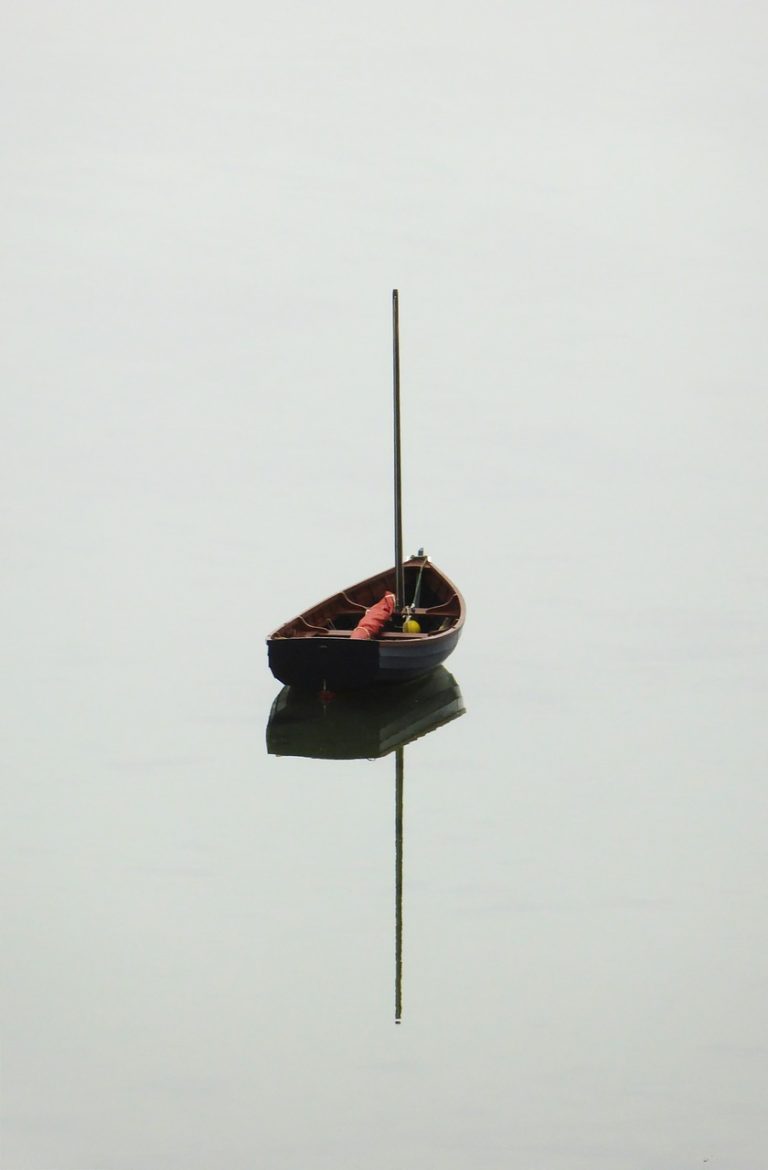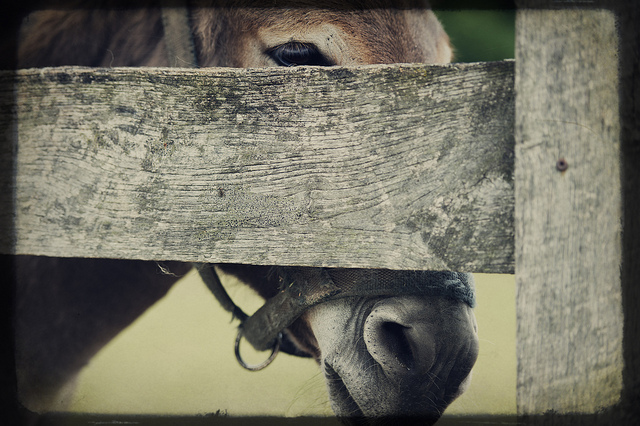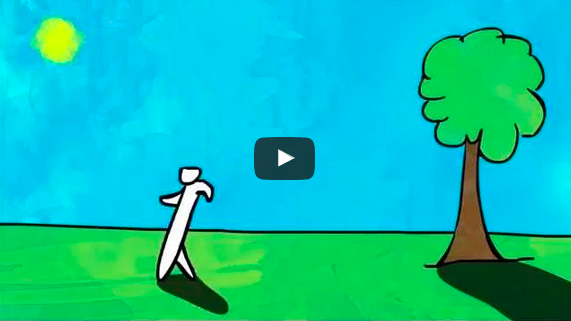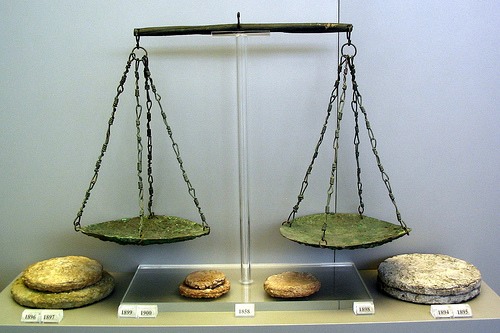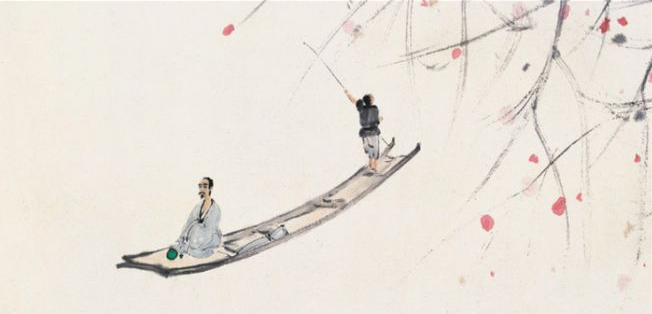What is big? What is small?

An insight of life and death can be gleaned from the understanding of what is big and what is small.
Chuang Tsu is a genius in explaining the difference between the big and the small – and the harmony of life and death.
In Water Floods, he asks the question: “Am I then to regard the universe as great and the tip of a hair as small?”
And this is his answer:
“Dimensions are limitless; time is endless. Conditions are not constant; terms are not final. Thus, the wise man looks into space, and does not regard the small as too little, nor the great as too much; for he knows that there is no limit to dimensions.
Since the dimensions are limitless and time is endless, he offers a unique perspective in viewing grieve and rejoice.
“He looks back into the past, and does not grieve over what is far off, nor rejoice over what is near; for he knows that time is without end. He investigates fullness and decay, and therefore does not rejoice if he succeeds, nor lament if he fails; for he knows that conditions are not constant.”
This has led to his indifference about life and death.
“He who clearly apprehends the scheme of existence does not rejoice over life, nor repine at death; for he knows that terms are not final.”
Translation: Lin Yutang

